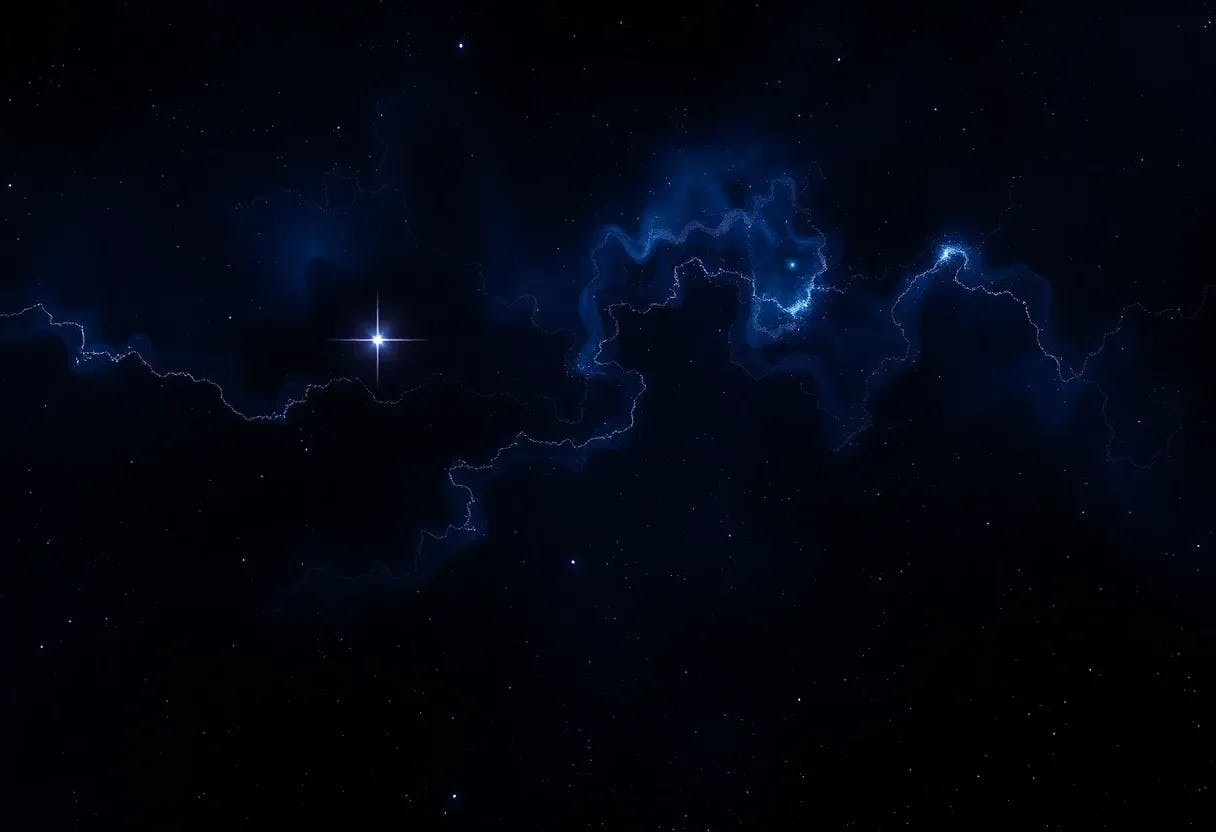Authors:
(1) Dorian W. P. Amaral, Department of Physics and Astronomy, Rice University and These authors contributed approximately equally to this work;
(2) Mudit Jain, Department of Physics and Astronomy, Rice University, Theoretical Particle Physics and Cosmology, King’s College London and These authors contributed approximately equally to this work;
(3) Mustafa A. Amin, Department of Physics and Astronomy, Rice University;
(4) Christopher Tunnell, Department of Physics and Astronomy, Rice University.
Table of Links
2 Calculating the Stochastic Wave Vector Dark Matter Signal
3 Statistical Analysis and 3.1 Signal Likelihood
4 Application to Accelerometer Studies
4.1 Recasting Generalised Limits onto B − L Dark Matter
6 Conclusions, Acknowledgments, and References
A Equipartition between Longitudinal and Transverse Modes
B Derivation of Marginal Likelihood with Stochastic Field Amplitude
D The Case of the Gradient of a Scalar
4 Application to Accelerometer Studies

However, those works that performed a Fourier space analysis did so by only focusing on the Compton peak. As we discussed in Section 3, such an analysis for an axial sensor is sub-optimal, as it fails to capture the full signal and therefore suffers from a signal loss at a range of latitudes. Moreover, ignoring the randomness of the nuisance variables leads to an overly aggressive constraint, as was illustrated in Fig. 3. Our more holistic threepeak strategy, which also considers this stochasticity, retains the full signal and is largely latitude-independent in its constraining power. Therefore, this choice of sensor and DM model makes for an excellent case study with which to showcase the improved constraining power of our method.
Furthermore, a proper vector treatment of the DM field in Fourier space, which includes the stochasticity of the ULDM field variables and the effect of the rotation of the Earth, has not been done. Ignoring the randomness of the nuisance variables leads to an overly aggressive constraint, as was also pointed out in Refs. [42, 79].
This paper is available on arxiv under CC BY 4.0 DEED license.
[9] Here we assume that the sensitivity axis of the detector is locally fixed with respect to the zenith.

